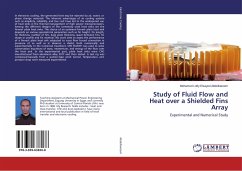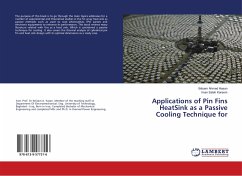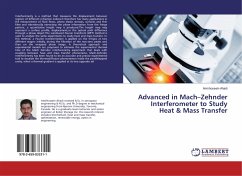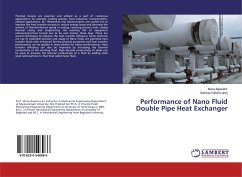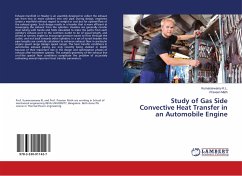In electronic cooling, the generated heat may be rejected via air, water, or phase change materials. The inherent advantages of air cooling systems such as simplicity, reliability, and low cost have led to the widespread use of heat sinks in the thermal management of high power microprocessors. Among the different designs of the commonly used heat sinks are the finned- plate heat sinks. The choice of an optimum finned- plate heat sink depends on various geometrical parameters such as fin height, fin length, fin thickness, number of fins, base plate thickness, space between fins, fin shape or profile and fin material.This work aims to assess the performance of a finned- plate heat sink subjected to cross ow forced convection in presence of as well as in absence a shield, both numerically and experimentally. In the numerical treatment, CFD FLUENT was used to solve conservation equations of mass, momentum, and energy of the flow over the heat sink. In the experimental part, plate heat sinks were CNC manufactured from aluminum alloy 2017 and then tested. A test rig was composed basically from a suction-type wind tunnel. Temperature and pressure drop were measured experimental
Bitte wählen Sie Ihr Anliegen aus.
Rechnungen
Retourenschein anfordern
Bestellstatus
Storno

